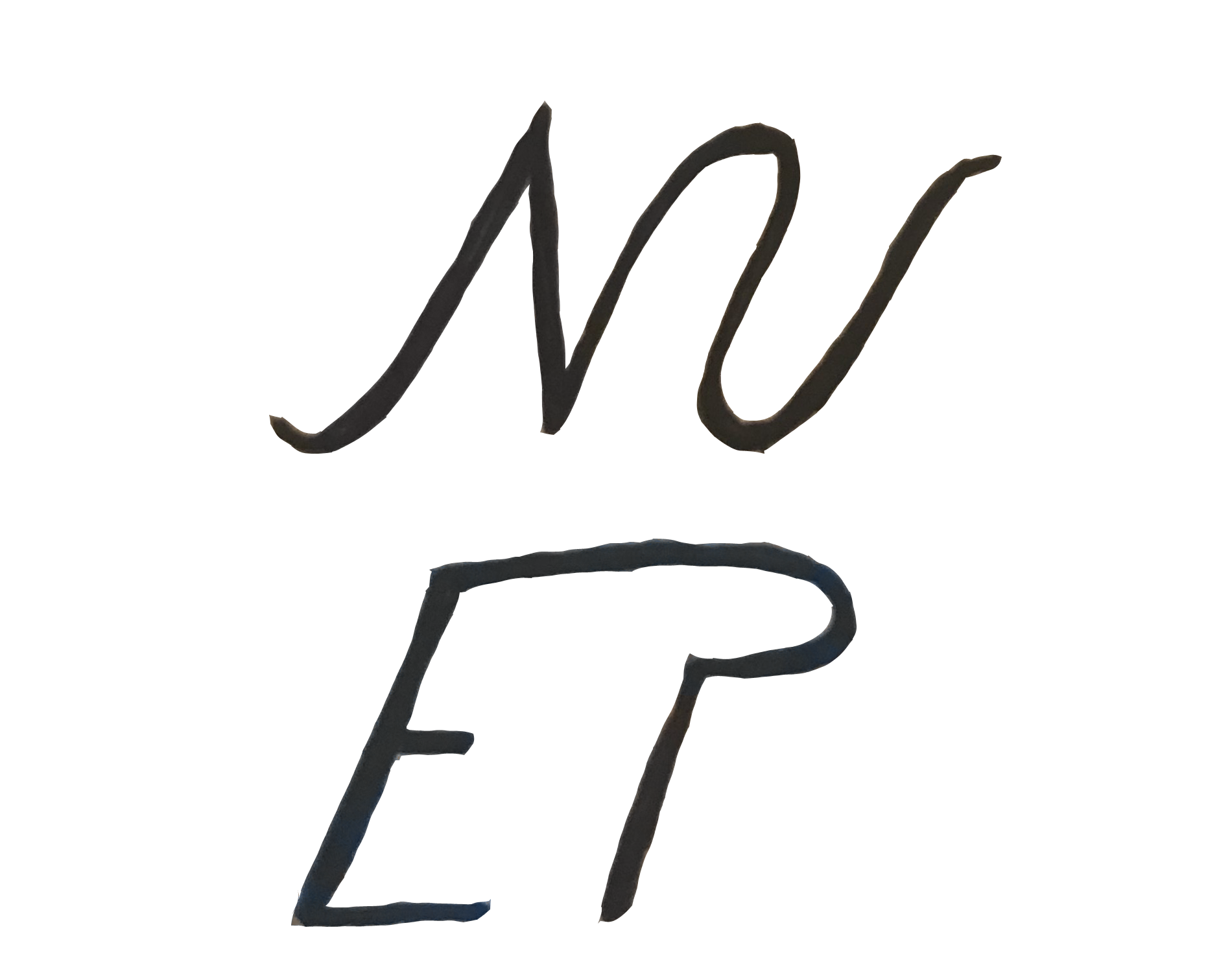Fur, faux and fast fashion: Navigating trends vs morals
An individual’s style is an expression of personality, mood and aesthetic. Every wardrobe is an insight into its owner’s mind. The minimalist owns a few staple pieces, whilst the extravagant has a myriad of outrageous one-of-a-kind pieces on hand. Shoes, trousers, dresses, jackets, accessories—we put them together to create outfits in which we feel not only comfortable but also confident. But for many, the wardrobe has become more than just an expression of style, it is a representation of their morals and values; a visual cue to what they stand for. Whether striving for a more sustainable, planet-friendly lifestyle or committing yourself to veganism, the way you dress is often a source of internal conflict. Should you compromise your morals to look and feel good?
One grey area sparking controversy for stylists and activists alike is the decision to wear animal skin or fur. Most bona fide vegans will reject the notion of buying or wearing clothing derived from animals. As defined by the Vegan Society: “Veganism is a way of living which seeks to exclude, as far as is possible and practicable, all forms of exploitation of, and cruelty to, animals for food, clothing or any other purpose.” To take this definition in its literal sense, the use of animal products for clothing is explicitly banned, especially when you consider the treatment of animals within the fur and leather industries.
Fur clothing or trim is typically derived from minks, coyotes and foxes, although a range of other species are also used. As recently as 2016, up to 85 per cent of the fur industry’s skins were sourced from fur farms, where animals were bred specifically for the purpose of sacrificing their pelts. Much like their battery farm counterparts, these factories do little to prioritise the rights of the animals they house. Though some countries across Europe have banned fur farms for more than two decades, this ruling has been a slow and painful process. In places like Slovakia, where the legislation to eradicate fur farms was only passed last year, it will be a few more years before we see these ranches shut down entirely. With governments slowly phasing out individual business, some fur farms will still exist in late 2025.
However, many of these laws specify that is only illegal to breed and kill animals specifically for fur, which does not prevent inhumane fur trapping. This is the process of hunting (or trapping) wild animals for their pelts, usually through snares and similar trapping devices. Hence, banning fur farms does not necessarily equate to a diminished fur trade, nor a decrease in net animal cruelty. Fur traders simply source pelts elsewhere. Organisations such as PETA argue that regardless of source, the fur trade elicits gross mistreatment of animals should be banned altogether. In 1990, the group began a 30-year “I’d rather go naked than wear fur” campaign, which has featured many high profile celebrities including Christy Turlington, Tara Banks, Pamela Anderson, Steve-O and others.
In the last decade, the crusade of PETA and other animal rights activists have finally begun to take effect. In 2011, the EU made it obligatory to identify “textiles of animal origins” on clothing labels. In 2016, Canada Goose became the target of cruelty accusations both by ethics organisations and the public. Many other brands took this as a warning and committed to cruelty-free ranges. In 2018, London Fashion Week banned all fur from catwalks, prompting a shift toward faux alternatives.
Instead of using real animal pelts, the industry became saturated with artificial alternates, designed to imitate animal fur. Some of the world’s most renowned fashion houses, including Armani, Burberry, Coach, Gucci, Michael Kors and Versace, have committed to fur-free fashion. However, though this appeases the cries of animal rights protestors, faux fur substitutes have faced a backlash from climate change activists. Often made entirely from plastics, such as polyester or modacrylic, it could be argued that faux furs are less cruel, but also less sustainable than their animal-fur ancestors. These plastic microfibres are neither long-lived nor biodegradable and often end up in landfill sites, or worse: the ocean. They saturate the fast-fashion market, thus—in many cases—contributing to the untenable consumerist attitude that affordable fashion has adopted.
Even still, the high-street has a history of not being fully transparent with consumers. In the past, samples from brands like Boots, Tesco and FatFace were found to contain real animal pelt, despite falsely advertising the materials as ‘faux’. Perhaps you would think twice about buying a ‘faux fur’ jacket if you risked unknowingly supporting the fur trade. With cruelty and unsustainability weaved deep into fur and faux fur clothing alike, zealous purists would wonder why anyone would choose to wear such products given the issues they embody.
But the fur trade is not the only moral conflict facing the fashion world. In many places, leather tanning is a tradition that has been passed down through the generations. It is the process through which animal skin is used to produce leather for clothing, accessories, upholstery and many other uses. Previous estimates have suggested that in order to keep up with the demands of fast-fashion enterprise the industry would require up to 43 million bovines per year by 2025.Where fur has been at the forefront of animal rights campaigns for years, leather seems to have gone relatively unnoticed. Though there has been some criticism, such as PETA’s ‘Hell for leather’ campaign, leather products do not seem to carry the same stigma as rabbit-skin gloves, and mink scarves. Perhaps, because of its historical significance as a skill and trade, leather has been integrated into our daily lives with little resistance. Most people are likely to have at least one leather item in their possession: a bag, a coat, shoes, sofas, car interiors—leather is everywhere.
One argument supporting the leather trade is that using animal hide from creatures already slaughtered for meat promotes a sustainable, zero-waste approach to satisfying both the meat and fashion industries. Unlike mink and coyote used for fur trim, leather has the advantage that beef is common produce that remains in relatively high demand, with Western Europeans eating an average of 80–90 kg of meat per capita. But leather is also sourced from reptiles, including crocodiles alligators and snakes, to feed demand created by global fashion trends. These types of skins are typically farmed, not unlike fur, thus suggesting harsh and inhumane mistreatment of the animals, which is wholly un-vegan. This has led some fashion brands to move away from using real leather in their collections.
To satisfy animal-loving fashionistas, several vegan ‘leather’ alternatives have been procured, endorsed by names like Stella McCartney and Dr Martens. However, these alternatives breed the same issues as faux fur, usually being made from polyurethane and polyester. Though some of these materials are recycled, others simply contribute to a growing plastic disposal problem, lacking the longevity of real leather. And so, once again, the fashion industry butts heads with both environmental and animal rights activists, inducing confusion amidst the public.
At the intersection between fashion, ethics and sustainability stand a million-dollar question. Should we continue to support fur and leather trends in spite of the stigma carried within the fibres of these materials? Even the most faux of furs are created to emulate the pelts of real animals, prompting us to question why we are so obsessed with draping ourselves with dead animals. If we really must succumb to the trends, how do we choose between an item that supports an unethical, cruel trade and another that symbolises the woes of the fast-fashion industry? One solution would be to look for vintage or second-hand pieces. A coat made of animal fur or leather, produced 30 years ago, supports neither disposable fashion nor the fur-trade because it is not creating a demand for new pelts, nor environmentally unfriendly fakes. The other solution is to avoid fur and leather altogether.
Despite years of controversy, the fashion industry still finds itself deliberating over whether fur and leather products should be banned. It is unlikely that either of these will be outlawed entirely in the immediate future. For now, the decision remains at the hands of the consumer. As autonomous individuals we retain the right to choose what we wish to do, say and wear. Fur and leather both come laden with issues, but until Parliament rules on the matter, it is up to individuals to make a conscious choice, based on personal priorities. Provided you understand where your clothing comes from, it is up to you to make informed decisions on the matter. Whether you choose to wear real, faux, or neither, the important thing is to be considerate and consistent and to never compromise your beliefs.
Related content
Jolie Hamilton-Warford: You may have noticed the birds chirping louder than normal and a certain stillness in the world around you.
Johanna Koen: “It’s a dating and overwhelming subject but there are some things you can do as an individual.”
An interview with Chef Tara Thomas about her work at the Brooklyn-based eatery Che, seasonal cooking and the importance of community.
This Norwegian fashionista is not afraid to push boundaries with her bold coloured pantyhose and earrings made of real fruit (yeah, you read that right).






